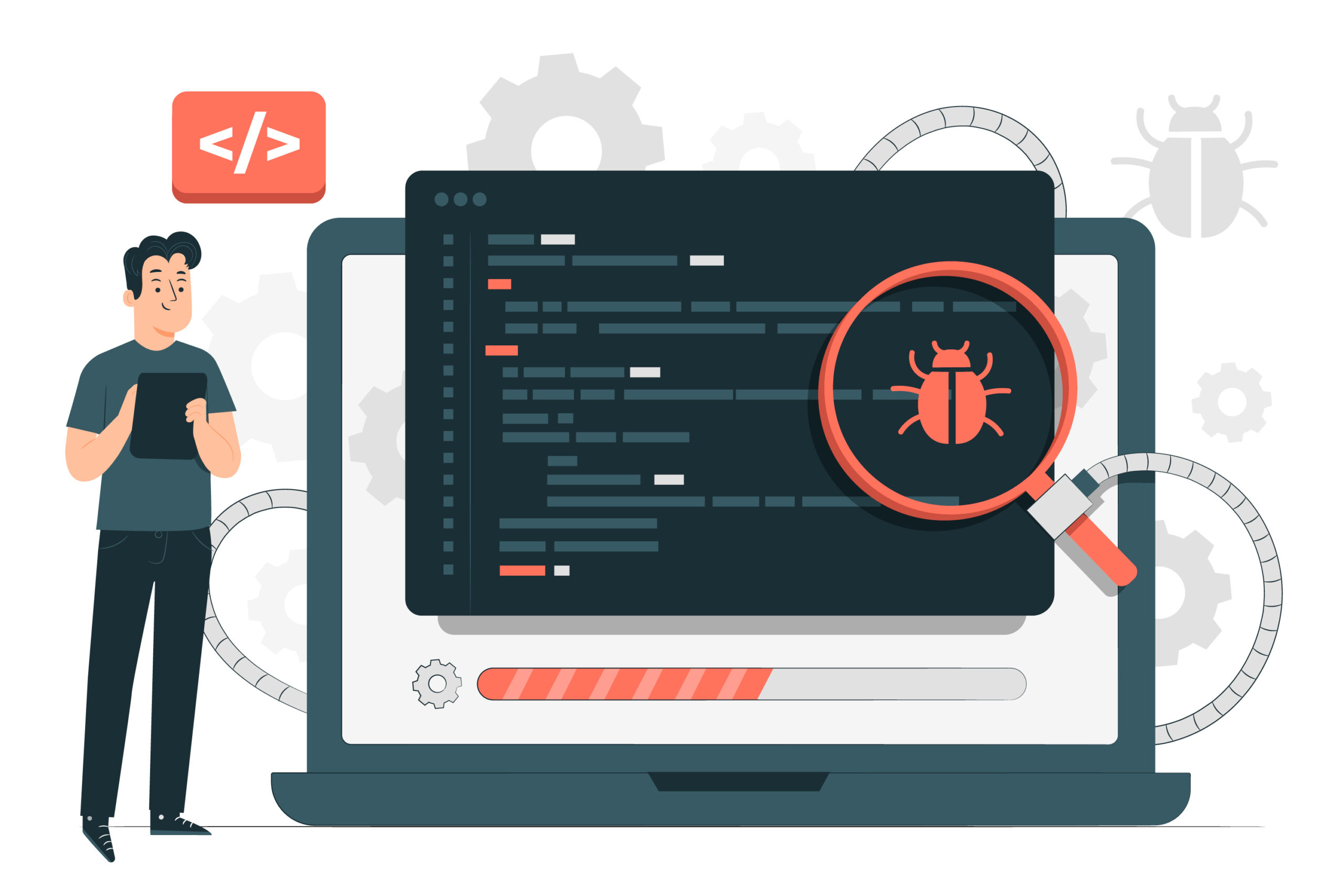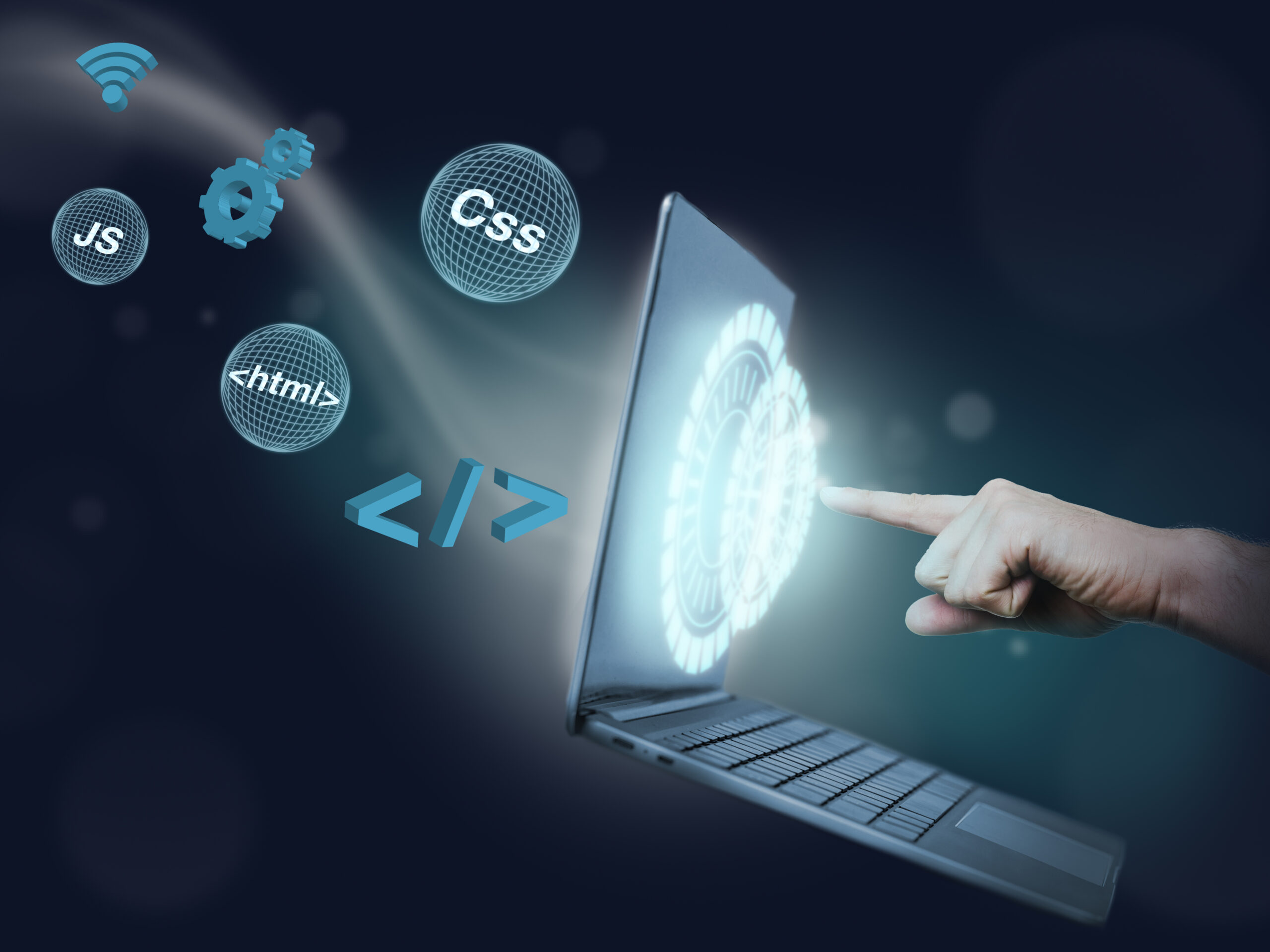Machine learning (ML) is a field of inquiry devoted to understanding and building methods that ‘learn’, that is, methods that leverage data to improve performance on some set of tasks. It is seen as a part of artificial intelligence. Machine learning algorithms build a model based on sample data, known as training data, in order to make predictions or decisions without being explicitly programmed to do so. Machine learning algorithms are used in a wide variety of applications, such as in medicine, email filtering, speech recognition, and computer vision, where it is difficult or unfeasible to develop conventional algorithms to perform the needed tasks.
Machine learning is the idea that there are generic algorithms that can tell you something interesting about a set of data without you having to write any custom code specific to the problem. Instead of writing code, you feed data to the generic algorithm and it builds its own logic based on the data.
Also check:- Artificial Intelligence
Two kinds of Machine Learning Algorithms
You can think of machine learning algorithms as falling into one of two main categories — supervised learning and unsupervised learning. The difference is simple, but really important
Supervised Learning:-
Let’s say you are a real estate agent. Your business is growing, so you hire a bunch of new trainee agents to help you out. But there’s a problem — you can glance at a house and have a pretty good idea of what a house is worth, but your trainees don’t have your experience so they don’t know how to price their houses.
To help your trainees (and maybe free yourself up for a vacation), you decide to write a little app that can estimate the value of a house in your area based on it’s size, neighborhoods, etc. And what similar houses have sold for.
This is called supervised learning. You knew how much each house sold for, so in other words, you knew the answer to the problem and could work backwards from there to figure out the logic.
To build your app, you feed your training data about each house into your machine learning algorithm. The algorithm is trying to figure out what kind of math needs to be done to make the numbers work out.
In supervised learning, you are letting the computer work out that relationship for you.
Unsupervised Learning
Let’s go back to our original example with the real estate agent. What if you didn’t know the sale price for each house? Even if all you know is the size, location, etc of each house, it turns out you can still do some really cool stuff. This is called unsupervised learning.
This is kind of like someone giving you a list of numbers on a sheet of paper and saying “I don’t really know what these numbers mean but maybe you can figure out if there is a pattern or grouping or something
So what could do with this data? For starters, you could have an algorithm that automatically identified different market segments in your data. Maybe you’d find out that home buyers in the neighborhood near the local college really like small houses with lots of bedrooms, but home buyers in the suburbs prefer 3-bedroom houses with lots of square footage. Knowing about these different kinds of customers could help direct your marketing efforts. Another cool thing you could do is automatically identify any outlier houses that were way different than everything else. Maybe those outlier houses are giant mansions and you can focus your best sales people on those areas because they have bigger commissions.
Supervised learning is what we’ll focus on for the rest of this post, but that’s not because unsupervised learning is any less useful or interesting. In fact, unsupervised learning is becoming increasingly important as the algorithms get better because it can be used without having to label the data with the correct answer.
A subset of machine learning is closely related to computational statistics, which focuses on making predictions using computers, but not all machine learning is statistical learning. The study of mathematical optimization delivers methods, theory and application domains to the field of machine learning. Data mining is a related field of study, focusing on exploratory data analysis through unsupervised learning. Some implementations of machine learning use data and neural networks in a way that mimics the working of a biological brain. In its application across business problems, machine learning is also referred to as predictive analytics.
Learning algorithms work on the basis that strategies, algorithms, and inferences that worked well in the past are likely to continue working well in the future. These inferences can be obvious, such as “since the sun rose every morning for the last 10,000 days, it will probably rise tomorrow morning as well”. They can be nuanced, such as “X% of families have geographically separate species with colour variants, so there is a Y% chance that undiscovered black swans exist”.
Machine learning programs can perform tasks without being explicitly programmed to do so. It involves computers learning from data provided so that they carry out certain tasks. For simple tasks assigned to computers, it is possible to program algorithms telling the machine how to execute all steps required to solve the problem at hand; on the computer’s part, no learning is needed. For more advanced tasks, it can be challenging for a human to manually create the needed algorithms. In practice, it can turn out to be more effective to help the machine develop its own algorithm, rather than having human programmers specify every needed step.
The discipline of machine learning employs various approaches to teach computers to accomplish tasks where no fully satisfactory algorithm is available. In cases where vast numbers of potential answers exist, one approach is to label some of the correct answers as valid. This can then be used as training data for the computer to improve the algorithm(s) it uses to determine correct answers. For example, to train a system for the task of digital character recognition, the MNIST dataset of handwritten digits has often been used.
Artificial intelligence
As a scientific endeavor, machine learning grew out of the quest for artificial intelligence. In the early days of AI as an academic discipline, some researchers were interested in having machines learn from data. They attempted to approach the problem with various symbolic methods, as well as what was then termed “neural networks”; these were mostly perceptrons and other models that were later found to be reinventions of the generalized linear models of statistics. Probabilistic reasoning was also employed, especially in automated medical diagnosis.
Principal Component Analysis
Principal component analysis is a statistical procedure that uses an orthogonal transformation to convert a set of observations of possibly correlated variables into a set of values of linearly uncorrelated variables called principal components. In this the dimension of the data is reduced to make the computations faster and easier. It is used to explain the variance-covariance structure of a set of variables through linear combinations. It is often used as a dimensionality-reduction technique.
K-Means Clustering
K-means is one of the simplest unsupervised learning algorithms that solve the well known clustering problem. The procedure follows a simple and easy way to classify a given data set through a certain number of clusters. The main idea is to define k centers, one for each cluster. These centers should be placed in a cunning way because of different location causes different result. So, the better choice is to place them is much as possible far away from each other.
Semi Supervise Learning:
Semi-supervised machine learning is a combination of supervised and unsupervised machine learning methods. It can be fruit-full in those areas of machine learning and data mining where the unlabeled data is already present and getting the labeled data is a tedious process. With more common supervised machine learning methods, you train a machine learning algorithm on a “labeled” dataset in which each record includes the outcome information. The some of Semi Supervise learning algorithms are discussed below.
Transductive SVM
Transductive support vector machines (TSVM) has been widely used as a means of treating partially labeled data in semisupervised learning. Around it, there has been mystery because of lack of understanding its foundation in generalization. It is used to label the unlabeled data in such a way that the margin is maximum between the labeled and unlabeled data. Finding an exact solution by TSVM is a NPhard problem.
Generative Models
A Generative model is the one that can generate data. It models both the features and the class (i.e. the complete data). If we model P(x,y): I can use this probability distribution to generate data points – and hence all algorithms modeling P(x,y) are generative. One labeled example per component is enough to confirm the mixture distribution.
Self-Training
In self-training, a classifier is trained with a portion of labeled data. The classifier is then fed with unlabeled data. The unlabeled points and the predicted labels are added together in the training set. This procedure is then repeated further. Since the classifier is learning itself, hence the name self-training.
Reinforcement Learning
Reinforcement learning is an area of machine learning concerned with how software agents ought to take actions in an environment in order to maximize some notion of cumulative reward. Reinforcement learning is one of three basic machine learning paradigms, alongside supervised learning and unsupervised learning.
Boosting:
The term „Boosting‟ refers to a family of algorithms which converts weak learner to strong learners. Boosting is a technique in ensemble learning which is used to decrease bias and variance. Boosting is based on the question posed by Kearns and Valiant “Can a set of weak learners create a single strong learner?” A weak learner is defined to be a classifier, a strong learner is a classifier that is arbitrarily well-correlated with the true classification.
Multitask Learning
Multi-Task learning is a sub-field of Machine Learning that aims to solve multiple different tasks at the same time, by taking advantage of the similarities between different tasks. This can improve the learning efficiency and also act as a regularize. Formally, if there are n tasks (conventional deep learning approaches aim to solve just 1 task using 1 particular model), where these n tasks or a subset of them are related to each other but not exactly identical, MultiTask Learning (MTL) will help in improving the learning of a particular model by using the knowledge contained in all the n tasks.




























